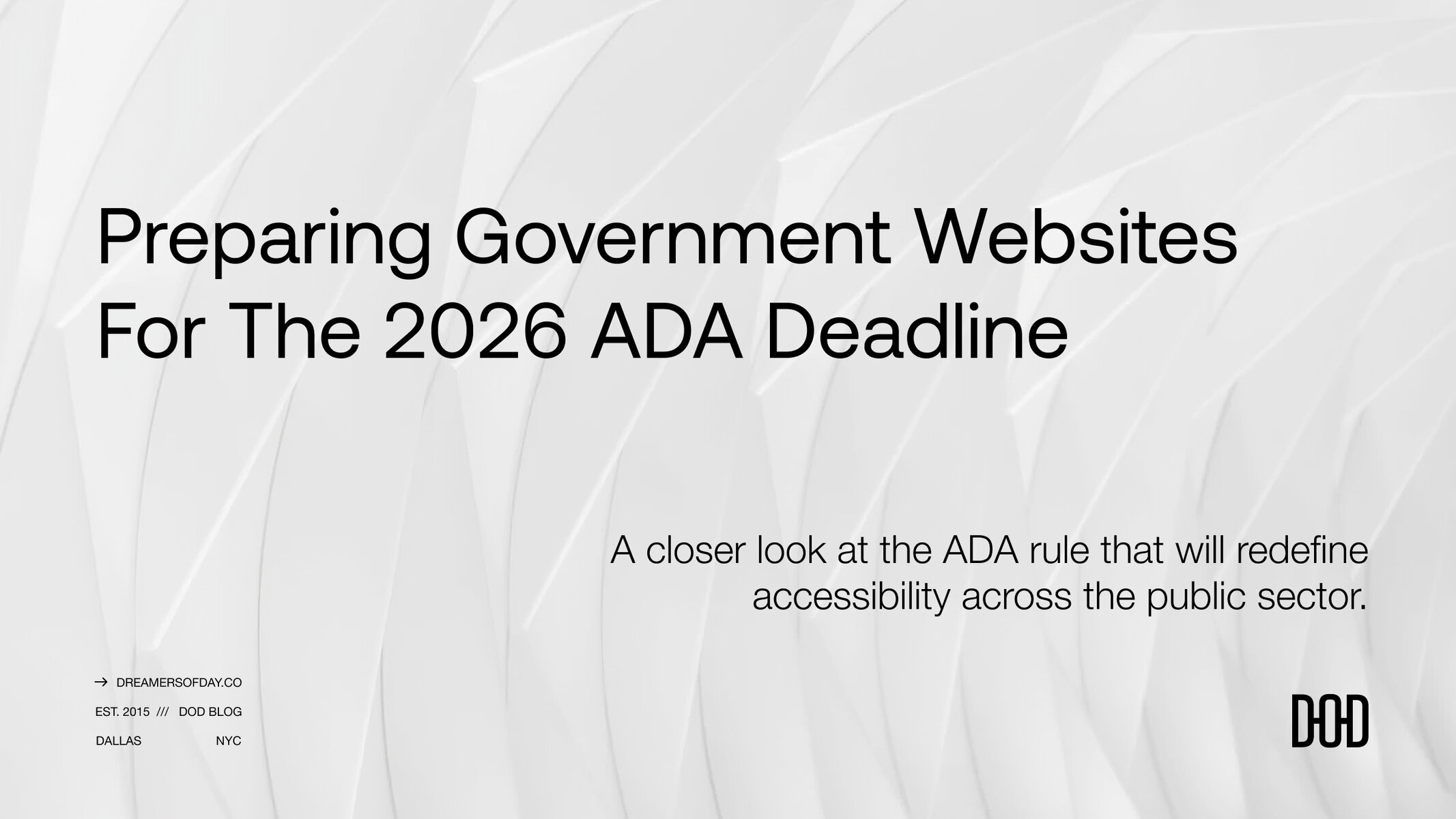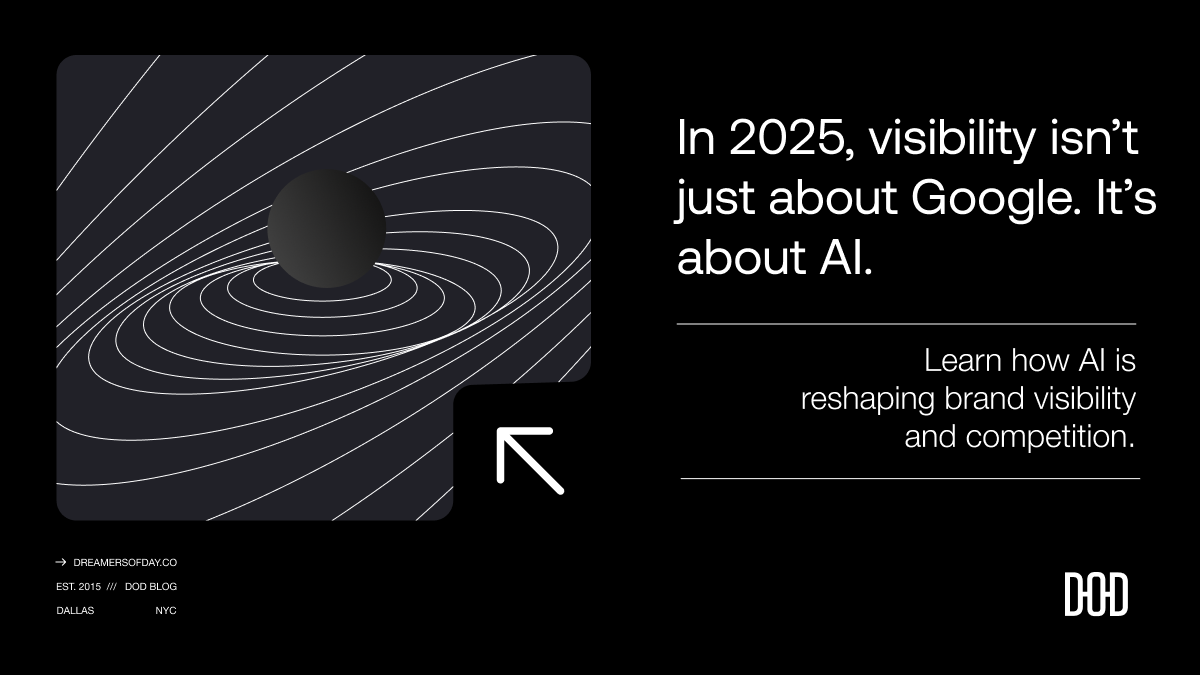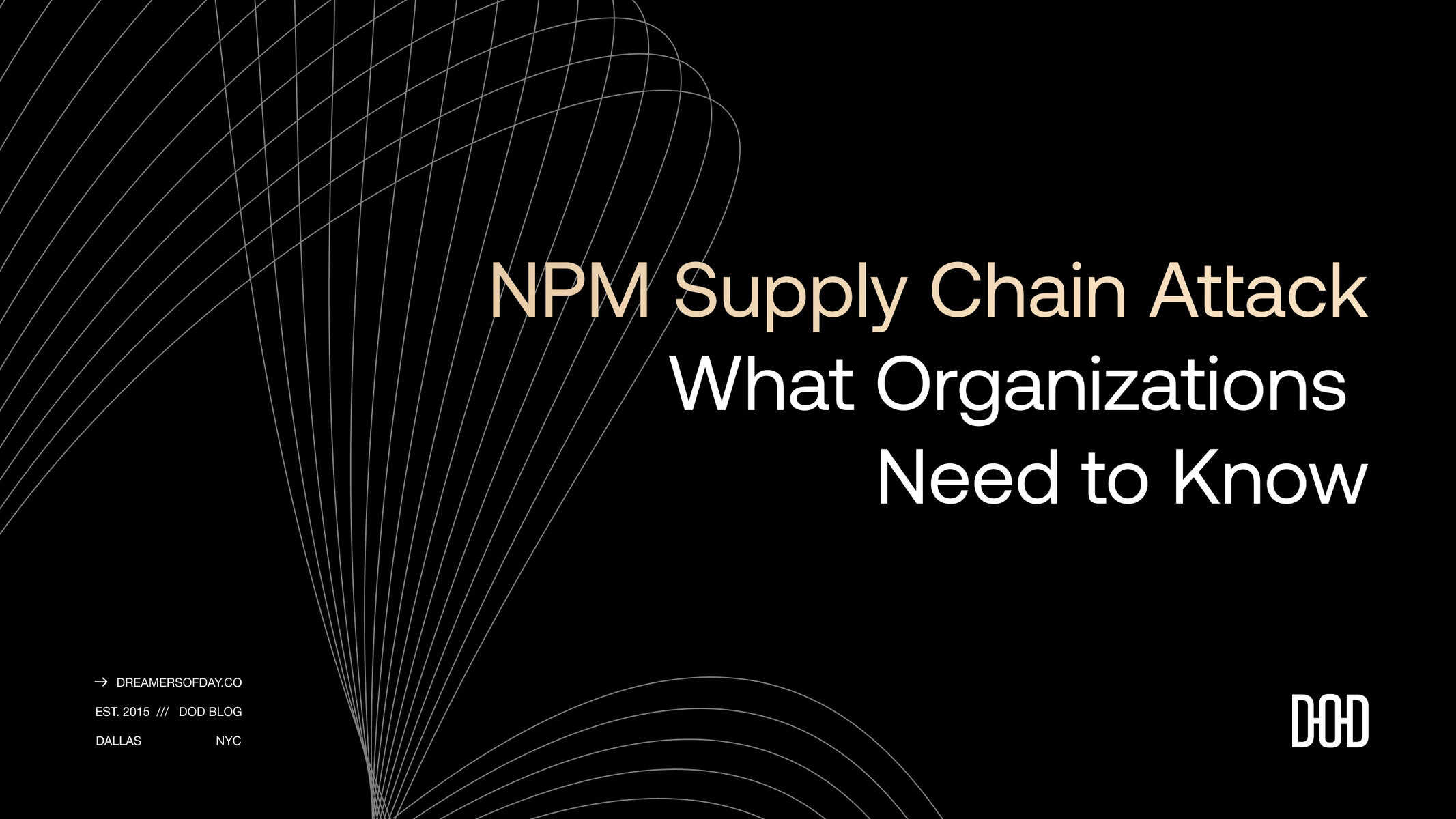Preparing Government Websites for the 2026 ADA Deadline

If you manage a digital platform for a state, city, or local government in the U.S., there’s an important accessibility deadline coming up: April 24, 2026.
That’s when the Department of Justice’s Title II ADA update takes effect for state and local governments serving more than 50,000 people. Smaller entities and special district governments will follow in April 2027.
This change marks one of the most significant accessibility updates in over a decade, and it will fundamentally reshape how public-sector teams use and maintain digital experiences.
Understanding ADA Title II
ADA Title II is a civil rights law that requires state and local governments to make their programs, services, and digital content accessible to people with disabilities. It’s part of the broader Americans with Disabilities Act and applies to everything from city websites and public school portals to transit apps, hospital systems, and online service tools.
Under the updated rule, all covered digital content must meet WCAG 2.1 Level AA standards. That means accessibility now extends beyond a single website or homepage. It applies to:
- Mobile apps and public kiosks
- PDFs and other digital documents
- Content or services delivered through vendors and contractors
In short, if your organization provides online information or functionality, it must be accessible..
Who Needs to Comply
ADA Title II applies to any state or local government organization and to vendors or contractors who create digital content on their behalf. That includes:
- Cities, counties, and public utilities
- Public schools, colleges, and universities
- Transit authorities and special district governments
- Healthcare and public health systems
Whether development happens in-house or through external partners, state and local organizations are accountable for maintaining accessible digital experiences.
Why Compliance Matters
The new rule brings long-needed clarity. For years, digital accessibility guidance under ADA Title II was vague. WCAG was considered “best practice,” but not explicitly required. Now, the WCAG 2.1 AA standard is the law.
But the most significant shift isn’t just technical, it’s legal.
While federal enforcement is possible, the greater and more immediate risk comes from private lawsuits. Individuals and advocacy organizations can take non-compliant entities to court directly, without first filing a complaint with the Department of Justice.
That means government organizations of every size—along with their vendors—face potential exposure if they fail to meet the new requirements.
Consequences can include:
- Court-ordered remediation under strict timelines
- Costly settlements with mandatory audits and oversight
- Potential loss of federal funding (especially where Section 504 also applies)
- Ongoing third-party monitoring to verify compliance
Even beyond those risks, digital exclusion erodes public trust. Accessibility isn’t just a legal standard—it’s a reflection of how government organizations serve their communities.
What Government Organizations Should Be Doing Now
To comply with ADA Title II’s digital accessibility requirements, public entities and their vendors must:
- Audit existing digital products. Identify barriers across websites, apps, PDFs, and third-party tools.
- Remediate known issues. Address violations in accordance with WCAG 2.1 Level AA guidelines.
- Establish ongoing accessibility practices. Accessibility isn’t one-and-done—it requires monitoring, documentation, and continuous improvement.
- Document your progress. Demonstrating good-faith effort and a structured roadmap can make a real difference if compliance is ever challenged.
Meeting technical standards is only part of the equation. The Department of Justice has been clear that organizations must also show active, consistent progress toward accessibility over time.
Limited Exceptions to The 2026 Title II ADA Update
There are a few narrow exceptions under Title II. Organizations may claim an exemption if compliance would:
- Fundamentally alter the nature of a program or service, or
- Cause an undue financial or administrative burden
However, these claims must be documented and justified, and alternate access must still be provided wherever possible.
Archived content, such as historical pages or documents maintained only for research or record-keeping, is also exempt unless someone requests access. In those cases, organizations must supply the information in an accessible format or provide an equivalent alternative.e
Accessibility as an Ongoing Practice
Accessibility isn’t a milestone to hit and forget. It’s an ongoing responsibility that should be built into your digital operations, from how you design and develop services to how you train staff and evaluate new technologies.
Building accessibility into your products and workflows from the start is far more effective (and far less costly) than trying to retrofit compliance later. It also creates better, more inclusive experiences for every user, improving how residents, visitors, and staff interact with your services online.
The following 18 months are a critical window for preparation. Government teams should begin accessibility audits now, establish documentation frameworks, and integrate WCAG conformance into their design systems and content governance.
April 2026 might sound far away. It’s not.
Closing Thoughts
At Dreamers of Day, we believe accessibility is more than a compliance requirement; it’s a cornerstone of digital trust and good governance. As public institutions move toward this new standard, the opportunity isn’t just to meet the law, but to serve every user with dignity, usability, and inclusion at the heart of every interaction.
👉 Learn how our Managed Website Services program provides ongoing governance, monitoring, and protection for enterprise WordPress platforms.


